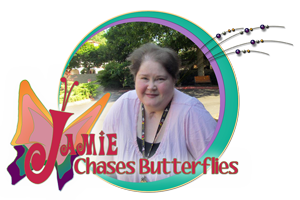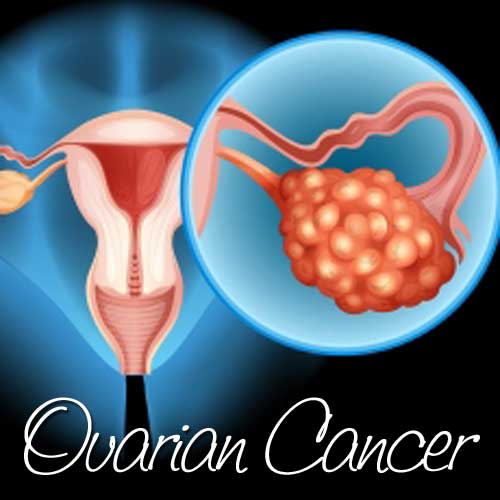September is Ovarian Cancer Awareness Month. Ovarian Cancer is called the silent killer because the symptoms are so similar to other symptoms that women experience while they are aging. 80 percent of women first get diagnosed with ovarian cancer in stages 3 or 4. This happened to my aunt who passed away from ovarian cancer in 2018. So far in 2020, 14,000 women have died from ovarian cancer. 1 in 70 women get a diagnosis of ovarian cancer. Ovarian Cancer Awareness Months’ mission is to inspire women to get early detection so that the survival rate increases and women get the help they need.
Ovarian cancer are malignant cancer cells that are found inside, near, or in the outer layers of the ovaries. An ovary is one of 2 small almond shaped organs located on each side of the uterus. The ovaries store the eggs or germ cells and produce female hormones estrogen and progesterone. The ovaries are made up of 3 types of cells. Each cell can develop into cancer.
Types of Ovarian Cancer Cells:
- Epithelial Tumors: These form in the layers of tissues on the outside of the ovaries. 90 percent of ovarian cancers are this type.
- Stromal Tumors: These grow in the hormonal producing cells. 7 percent are this kind.
- Germ Cell Tumors: Develops in the egg producing cells. This is a rare form of ovarian cancer.
You can also get ovarian cysts which are not cancerous at all. A cyst is a collection of fluid or air that develops in or around the ovaries.
The risk factors to be aware of:
- Being female
- Family history of ovarian cancer
- Having the BRCA1 or BRCA2 gene
- Personal history of breast cancer, uterus cancer, or colon cancer
- Obesity
- Use of fertility drugs or hormone therapies
- Endometriosis
- Aging
Symptoms of ovarian cancer:
- Bloating
- Pelvic or abdominal pain
- Trouble eating
- Having to urinate often and with urgency
- Fatigue
- Upset stomach
- Back pain
- Pain during sex
- Constipation
- Menstrual changes
As you can see with the symptoms that they are often confused with the normal things like having periods or other benign experiences. Here is a simple tip to when to go see the doctor. If the symptoms don’t change with diet, exercise, laxatives, or rest then go see your doctor.
There are four stages of cancer. Each stage is determined by how far the cancer has spread in the body. Stage 4 is the worse and means it has spread through the body wide rate.
Treatment for ovarian cancer includes:
- Chemotherapy
- Surgery
- Targeted therapy which targets certain proteins and genes in the cells using drugs
- Hormone therapy
There is prevention from getting ovarian cancer. Here are some ideas of prevention:
- Birth Control
- Breast Feeding
- Pregnancy
- Tubal Ligation
- Hysterectomy
Cancer sucks and going through treatment sucks. Despite cancer you can still live well by eating well and moving your body and getting the support you need to fight.
Karen G Clemenson is a great support person and help in gentle exercise while fighting ovarian cancer. The Wellness Works NW Team would be honored to help you with your journey through ovarian cancer.
Here are some links I would like to share with you:
- Living Life with Ovarian Cancer by Ovarian Cancer Research Alliance Staff
- Living Well with Ovarian Cancer by Ovarian Cancer Action Staff
- Nutrition for the Ovarian Cancer Patient by Jill Bice, MS, RD, LDN, CNSC, CSO for University of Chicago Medicine
- Ovarian Cancer by American Cancer Society Staff
- Image Credit: Ovarian Cancer by MedlinePlus Staff
- September is Ovarian Cancer Awareness Month by National Ovarian Cancer Coalition Staff
- Unmasking a Silent Killer: Ovarian Cancer by Yadira Galindo for Newsroom
- What are the Early Signs of Ovarian Cancer and How Do You Detect Them? by Ann Pietrangelo and medically reviewed by Krystal Cascetta, MD for Healthline
Related Articles
 Jamie Holloway is a co-owner of Wellness Works NW and she is also our Research Manager and writes our Chasing Wellness with Jamie Holloway and Dear Jamie columns. Jamie is also an Independent Wellness Advocate at dōTERRA. She lives in the Portland, Oregon area. Since October 2011 she has been sharing her Journey Toward Health and Wellness with Vasculitis through her blog at JamieChasesButterflies.com. We hope you are as inspired as we are with the raw candor Jamie uses in her writing. If you would like to help support Jamie’s writing efforts please Donate now.
Jamie Holloway is a co-owner of Wellness Works NW and she is also our Research Manager and writes our Chasing Wellness with Jamie Holloway and Dear Jamie columns. Jamie is also an Independent Wellness Advocate at dōTERRA. She lives in the Portland, Oregon area. Since October 2011 she has been sharing her Journey Toward Health and Wellness with Vasculitis through her blog at JamieChasesButterflies.com. We hope you are as inspired as we are with the raw candor Jamie uses in her writing. If you would like to help support Jamie’s writing efforts please Donate now.













